Chatbots vs. Humans: The Future of Customer Interaction
Technology is transforming customer service. Chatbots—AI tools designed for interaction—are at the forefront of this change. These tools can engage with customers, answer questions, and solve problems. However, the debate continues: Can chatbots replace human customer service agents? Or do humans still hold an irreplaceable role? This article explores both sides, highlighting their strengths, limitations, and the future of customer interaction.
The Rise of Chatbots in Customer Interaction
Chatbots have become common in customer service. Powered by AI, these tools handle inquiries and provide support around the clock. Their main advantage is efficiency. Unlike human agents, chatbots don’t need breaks or sleep. They manage multiple conversations at once, reducing wait times and improving satisfaction.
Moreover, chatbots are cost-effective. They allow companies to scale operations without hiring more staff. By automating routine tasks, chatbots free human agents to handle complex issues. Advances in natural language processing (NLP) have made chatbots increasingly capable. They can now understand and respond to a variety of queries, often mimicking human conversation.
However, chatbots have limitations. They excel with straightforward tasks but struggle with complex or nuanced conversations. For example, a chatbot can handle basic questions about store hours but may falter with a customer complaint. This highlights the continued importance of human agents.
The Strengths of Human Interaction

Despite their advancements, chatbots cannot match human interaction in certain areas. Human agents bring empathy to customer service. They understand and address emotional needs, something chatbots lack. Human agents can detect frustration and provide reassurance, which is crucial for resolving issues effectively.
Humans also excel in complex problem-solving. While chatbots handle routine inquiries, they often can’t manage intricate or unique issues. Human agents use critical thinking to provide creative solutions and adapt to specific situations. This ability to address complex problems highlights why human agents remain vital.
Moreover, human interactions build stronger relationships. Personal contact can shape customer trust and loyalty. A positive experience with a human can create lasting brand advocates. In contrast, a negative experience with a chatbot might lead to dissatisfaction. Therefore, human agents are essential for creating memorable customer experiences.
Comparing Chatbots and Humans in Customer Service
Comparing chatbots and humans reveals each has unique strengths. Chatbots are efficient for handling large volumes of inquiries. They provide instant responses and operate around the clock. This efficiency benefits businesses needing to manage repetitive tasks.
However, chatbots lack emotional intelligence. They struggle with interpreting tone and context. This is where human agents excel. Humans can respond empathetically and offer personalized solutions. They adapt to each customer’s unique needs, a capability chatbots currently lack.
Human agents are also better suited for complex situations. Chatbots are limited by their programming and can’t think outside their parameters. Humans, on the other hand, offer creative and flexible problem-solving. A combination of both chatbots and human agents may offer the best solution.
The Future of Customer Interaction: Chatbots, Humans, or Both?
The future of customer service likely involves both chatbots and human agents. Chatbots will continue to improve, handling more complex tasks and understanding a broader range of queries. Yet, the human touch will remain essential.
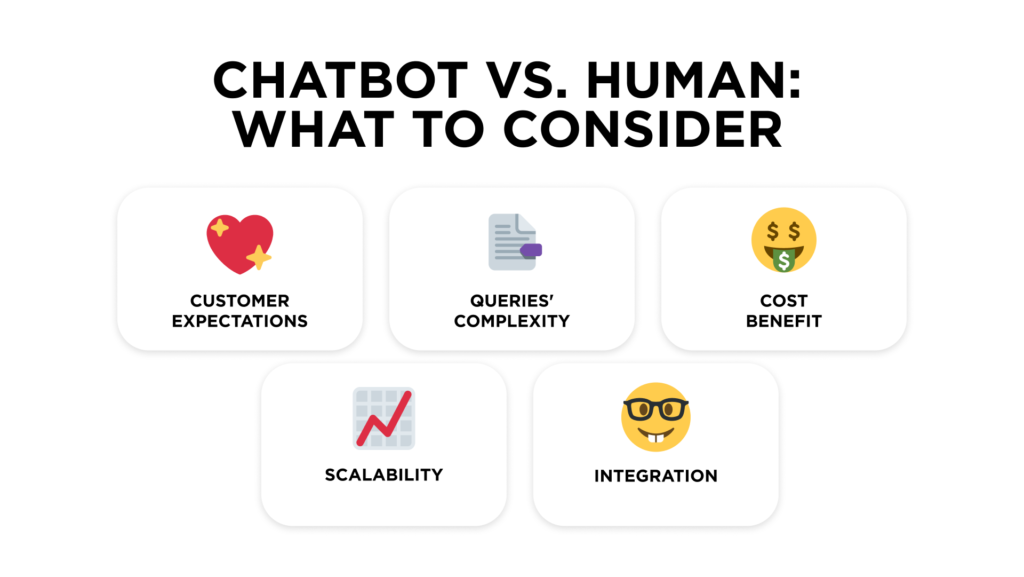
An emerging trend is the integration of AI with human oversight. Chatbots manage initial interactions and transfer complex queries to humans. This hybrid approach ensures quick responses and expert handling of intricate issues. As AI advances, chatbots will become more context-aware and personalized. However, humans will focus on high-impact interactions and relationship-building.
Conclusion
In summary, the future of customer interaction will blend chatbots and humans. Chatbots offer efficiency and scalability, while humans provide empathy and creative solutions. By combining the strengths of both, businesses can enhance customer experiences. The goal is not to choose between chatbots and humans but to find the right balance. This approach will meet diverse customer needs and drive better service outcomes.
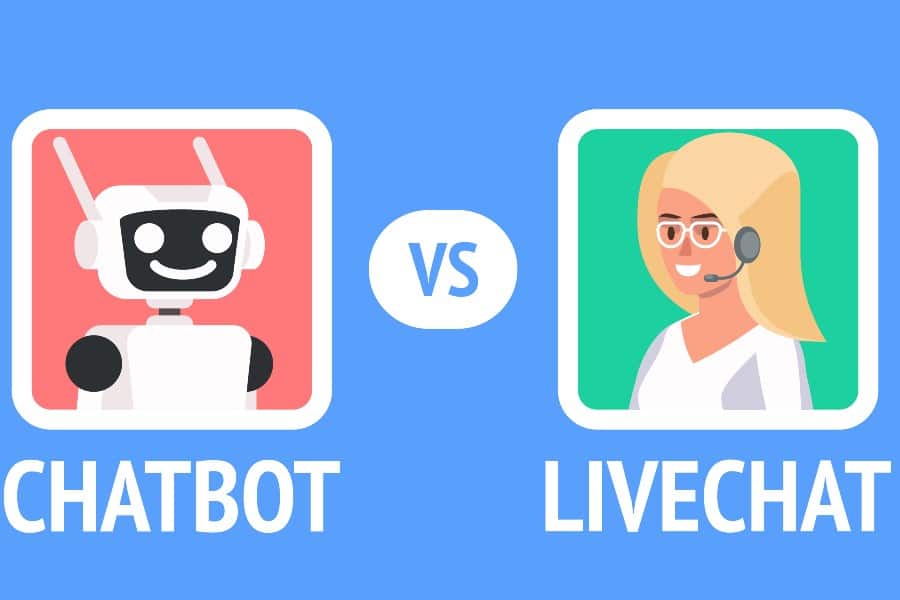
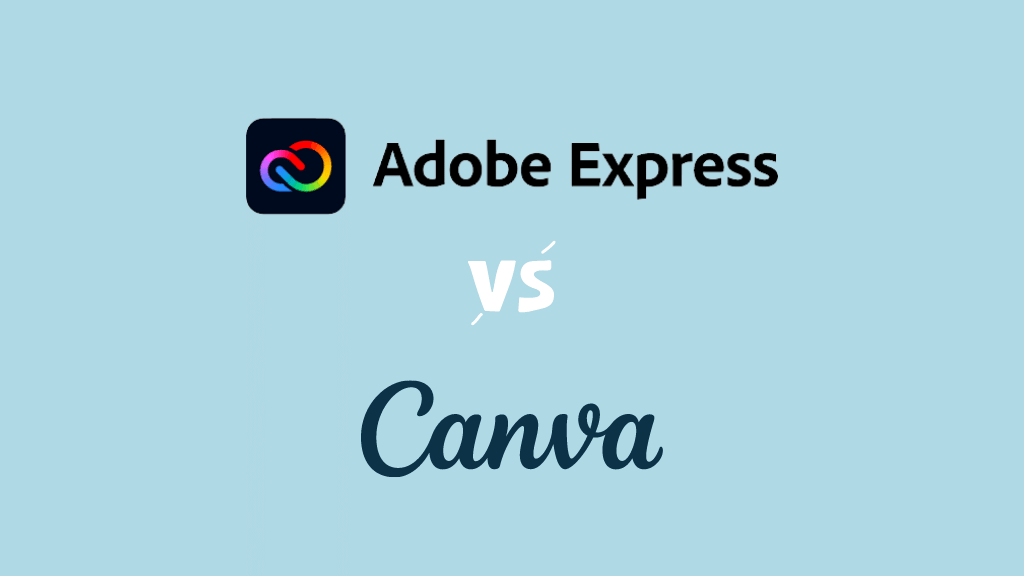

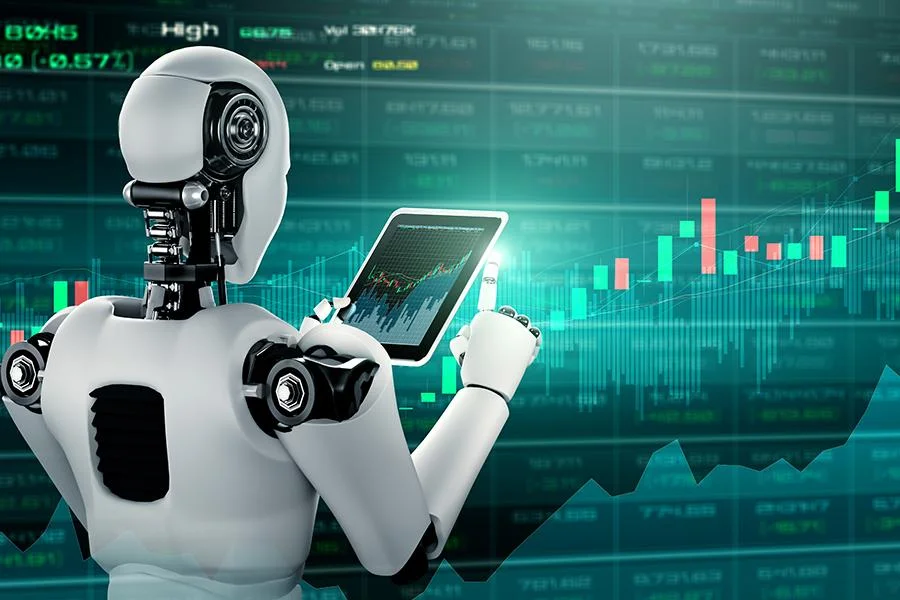





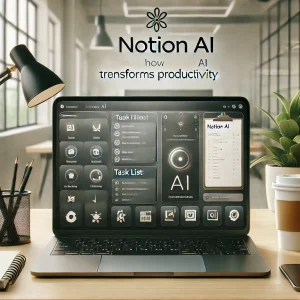
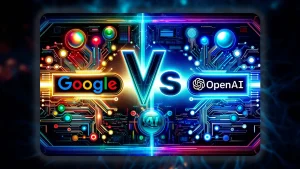
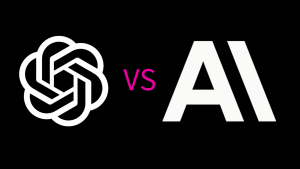
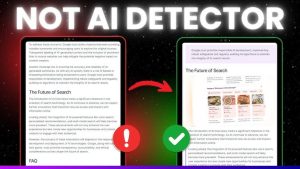

Post Comment